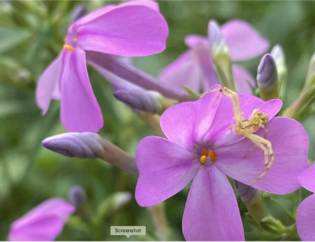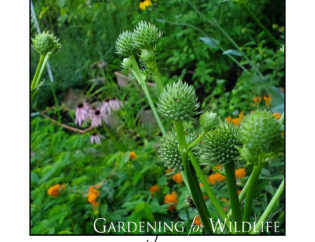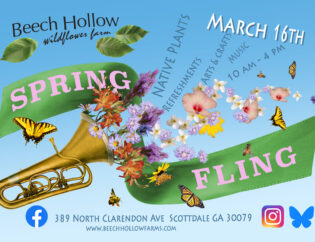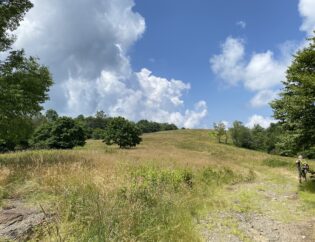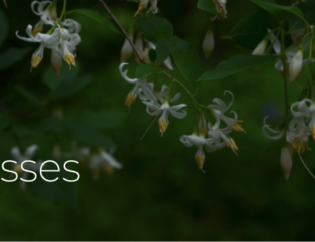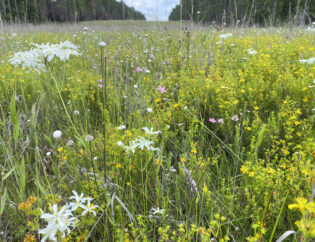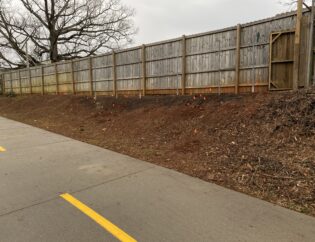I’ve been reading a number of books about permaculture recently. For those not familiar, it’s a set of guidelines/principles that seek to integrate human settlements into the natural landscape and make them sustainable. It’s still on the fringe of mainstream ecology and the scientific community has been hesitant to embrace it, and rightfully so, because it is more of a philosophy than a scientific discipline. That being said, I think it is a step in the right direction toward changing the way that we view and interact with natural systems.
The main tenet of permacultural principles that I think also meshes well with the scientific method is that of observation. Only by observing intact, healthy ecosystems can we know how the natural world works to produce clean water, humus-rich soils, nutrient-dense plants/fruits, and how it cycles death and decay into life and sustenance. Observation of the natural world can inform our decisions as to what plants belong where, and what species grow well together. This hits close to home for us at Beech Hollow, as our entire operation is an attempt to place native plants back into the landscape, but if the plants are put in an inhospitable environment they will perish and all our work will be erased.
In an attempt to inform ourselves, and later our customers and readers, as to the ideal environment in which to place the plants we propagate Pandra and I have decided to start visiting some of the intact fragments of the Piedmont’s varied ecosystems to observe just where each specie thrives. Pandra gave me an excellent book for Christmas to guide us on this quest: Favorite Wildflower Walks in Georgia by Hugh and Carol Nourse. It has us planning excursions to numerous public lands in order to get a glimpse of what the landscape once looked like, and hopefully how we can mimic nature with our plantings . I took a trip this past weekend to the Chattahoochee River National Recreation Area with a few friends to see if anything had started blooming yet. The CRNRA is fully engulfed by the massive sprawl that is Metro Atlanta, and yet these small pieces of land survive relatively intact in their natural state.
The hike I took was on the West Palisades Trail, which is within a mile of two major interstates, and surrounded by apartment complexes. Despite the urbanization around it, this trail will transport you from what is essentially a parking lot for a giant apartment complex to a bend in the broad river teeming with birds and the only sounds you’ll hear are the wind and the water. The bluffs across the river from this trail have their own trails system and rise about 300-400′ above the water, and in the summer months brave/foolhardy people jump from the lower bluffs into the frigid waters below as hundreds of kayakers pass through the shoals known as the Devil’s racecourse. On a windy day in February the only life on the river was of the avian variety:
In addition to this and other Blue Herons, we saw Canada geese on their way north, Mallard ducks courting on logs, and numerous sparrows and finches flitting about the wooded slopes. The main reason for the hike was to see some plants, and despite it being early February, we were not disappointed.
Trout Lilies (Erythronium umbilaticum) were blooming by the hundreds on the steep banks. Their tiny yellow flowers tend to blend in with the decaying fallen leaves, but once you see a few, the rest just jump out. These tiny, delicate plants take many years to reach maturity and flower from the corms they form deep underground.
We also saw several Trilliums (Trillium cuneatum) getting ready to pop open. These plants take seven years to reach maturity and flower when grown from seed. Sadly, many populations of these beautiful, but slow growing plants have been dug up and collected over the years, and they just can’t replenish themselves in the face of such rampant theft. Fortunately there are still quite a few that survive near this trail. 
Look for pictures of these lovely, threatened flowers in the coming weeks as I return to observe and document the succession of spring blooms in this hidden gem of Atlanta.


